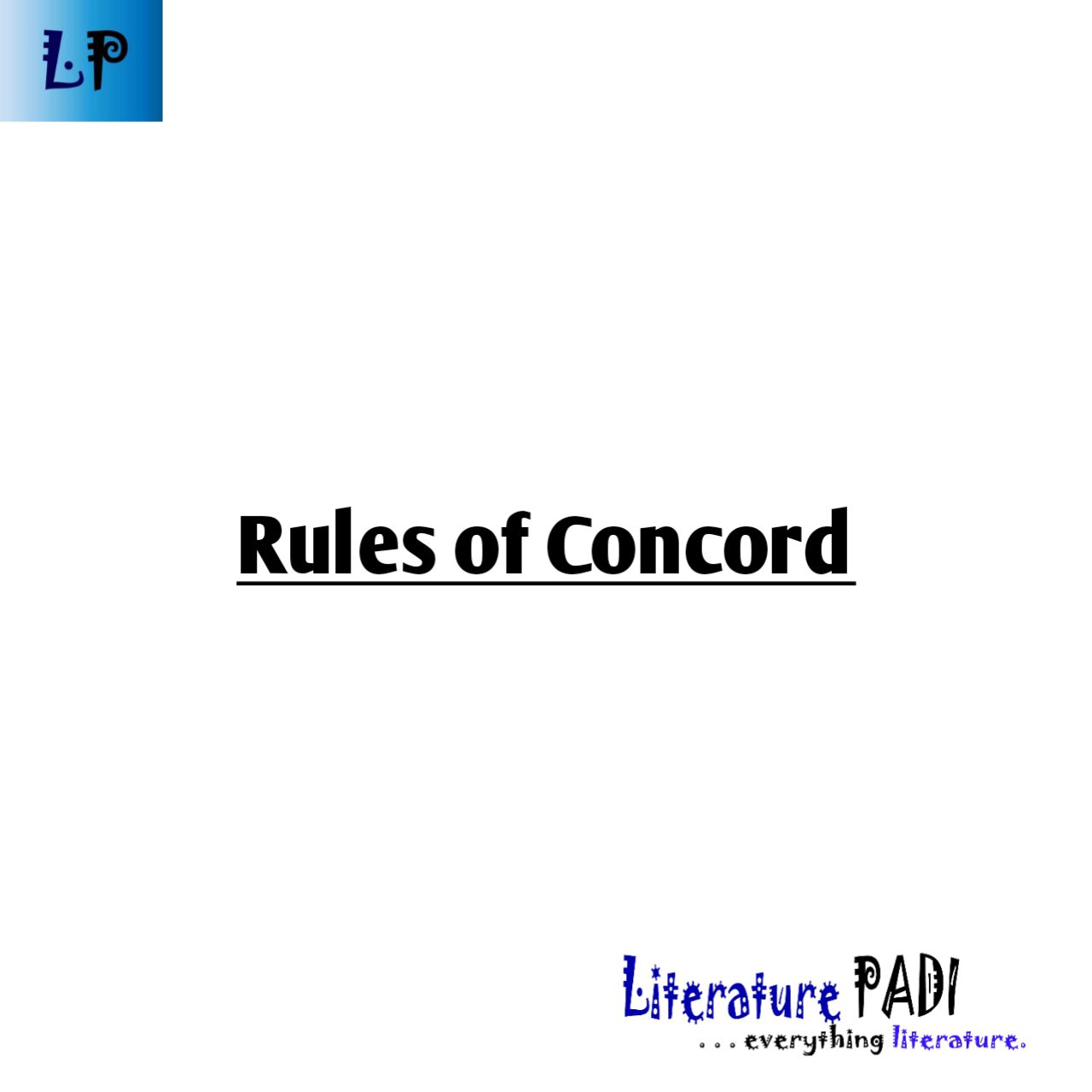📢 Follow our WhatsApp Channel for the latest literary updates!
An adjective is a part of speech that qualifies a noun or tells us more about the noun.
Characteristics of Adjectives
▪️ Morphological structure
▪️ Semantic structure
▪️ Syntactic structure
Morphological nature of adjectives: An adjective shows the degree of comparison between an article and another. It also shows the distinction between comparative and superlative forms of words. It is only the gradable adjectives that have this kind of feature.
Gradable adjectives are the type of adjectives which can take suffixes “-er” and “-est”. As for non-gradable adjectives, we use “more” in place of “-er” and “most” instead of “-est”.
Semantic nature of adjectives: Adjectives are descriptive in nature and categorised into: attributive and predicative adjectives.
Attributive adjective gives information about a particular noun. It gives us more information about the headword.
However, predicative adjective gives much information about the subject of the sentence.
While the former functions as modifier, the latter functions as a complement intensive. Attributive: She has a big head. Predicative: Her head is big.
Syntactic structure: This is the function that an adjective is performing or the syntactic position where an adjective can be found, e.g. as a modifier before the headword. It can also function as the qualifier functioning in the position of complement intensive.
Formation of Adjectives
🔸 An adjective can be formed through the addition of “-ed”, “-ful”, “-less”, “-ly”, “-like”, “-y”, “-ish”, “-al”, “-ial”, “-ic”, “-ive”, “-ous”, and “-able”, e.g.
Complicated, moneyed, youthful, childless, motherly, childlike, creamy, childish, criminal, editorial, heroic, attractive, virtuous, readable, youngish.
🔸 Adjective Compounds: This is getting a single adjective from the addition of two individual adjectival words, e.g.
- The clay is reddish-brown.
- She invested in a large-scale organisation.
- The lady is soft-spoken.
- It is a mind-boggling issue.
- We presented a sweet-smiling sacrifice.
However, when moving a little further, there might be an adjective + verb. The most common is the adjective + verb.
An adjectival phrase is that which has an adjective as its headword, e.g.
- She is intelligent (H).
- He is very intelligent (MH).
- He is intelligent indeed (HQ).
- She is very intelligent indeed (MHQ).
4 Structural Possibilities of an Adjectival
i. Unmodified (H)
ii. Premodified (MH)
iii. Postmodified (HQ)
iv. Pre & Post modified (MHQ)
Join Our Social Media Channels:
- WhatsApp: Literature PADI
- Telegram: Literature PADI
- YouTube: @literaturepadi
- Facebook: Literature PADI











